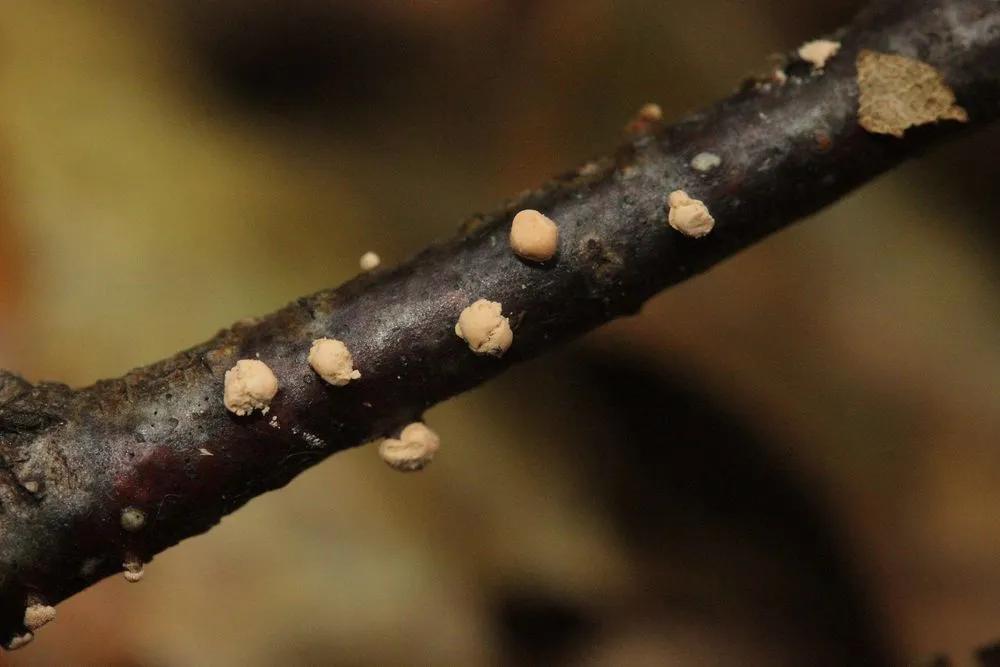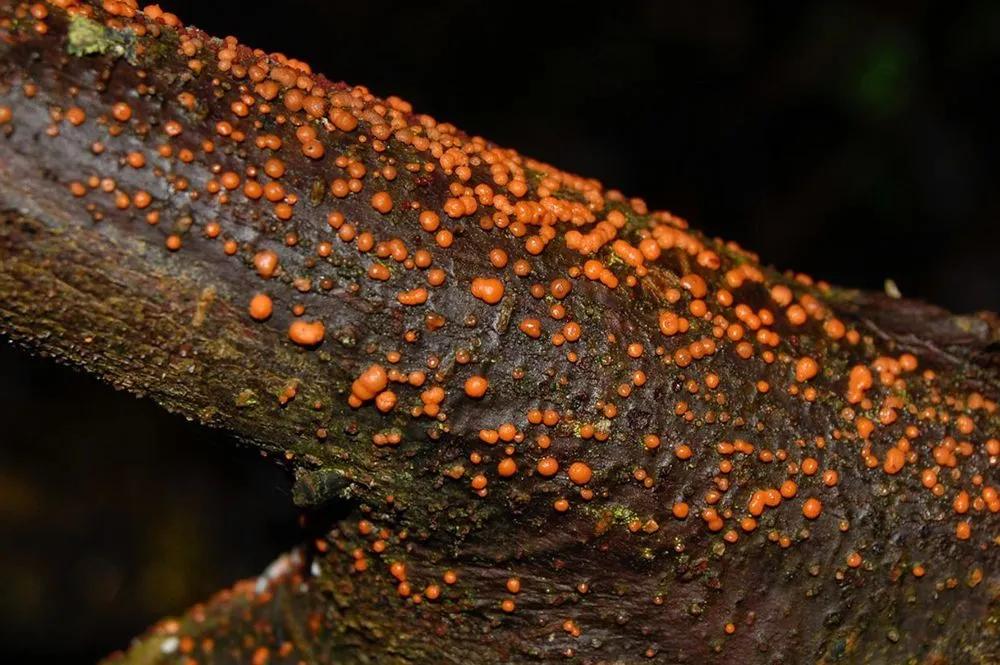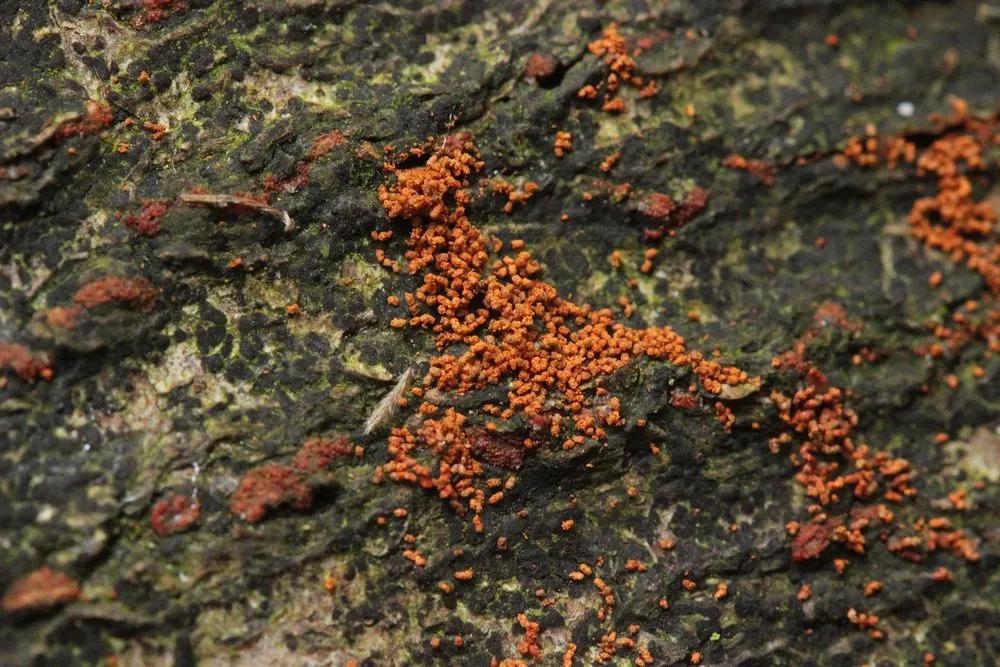The Nectriaceae fungi’s main characteristics are superficial perithecia formed on the substrate or on the stroma, which are usually small and cushion-shaped. Nectria is the central genus of this family, and the most common species (Nectria cinnabarina) is found on dead branches of shrubs and trees, mostly deciduous. This mushroom is often found in the northern and central regions of Europe, North America, and the Far East. It usually lives as a saprophyte on fallen or dead branches for one reason or another, but it can also develop as a wound parasite. The mycelium of the fungus develops under the bark of the branches, also penetrating the wood.
Nectriaceae



Signs of damage
- The appearance of orange-pink pads on the stroma;
- Later, at the end of summer or autumn, dark red perithecia of the fungus develop on or near the same stroma;
- In the affected part of the crown, first, the leaves die, and then the diseased shoots;
- Death of individual branches in old trees or the entire young tree
How to prevent
During the growing season, the fungus reproduces by conidia carried by raindrops or the wind. Raindrops very effectively spread the conidia of the fungus. Infection with this fungus often occurs through wounds of various origins. We must not forget that the damage to trees is facilitated by conditions unfavorable for the development of the tree (air pollution, lack of water), and frost holes. The parasite causes damage mainly in urban plantations and forest nurseries. Avoiding mechanical damage to trunks and branches, as well as preventing frost holes, is a big deal in the prophylactics of the Nectriaceae fungi.
Heal
Unfortunately, there is no effective treatment for such diseases today. Dry branches are cut and burned during the sanitary pruning of trees. The affected parts of the bark are cleaned on the trunk, seizing a little bit of the healthy area. Clean the edges of the wound well with a knife, and cover the places of cuts with the garden boil. Then wrap the wound with a cloth and moisten the bandage with water during the summer until the wound heals.
Go Premium to continue reading
Also you’ll get unlimited access to disease identification and all the other beneficial features
More problems
